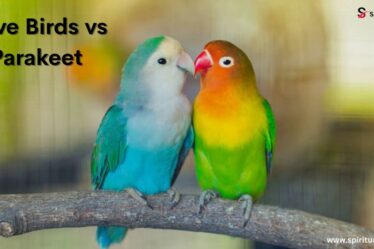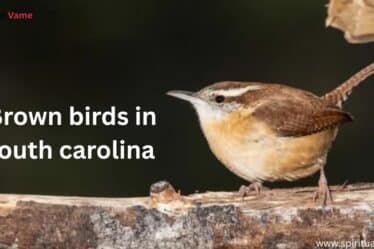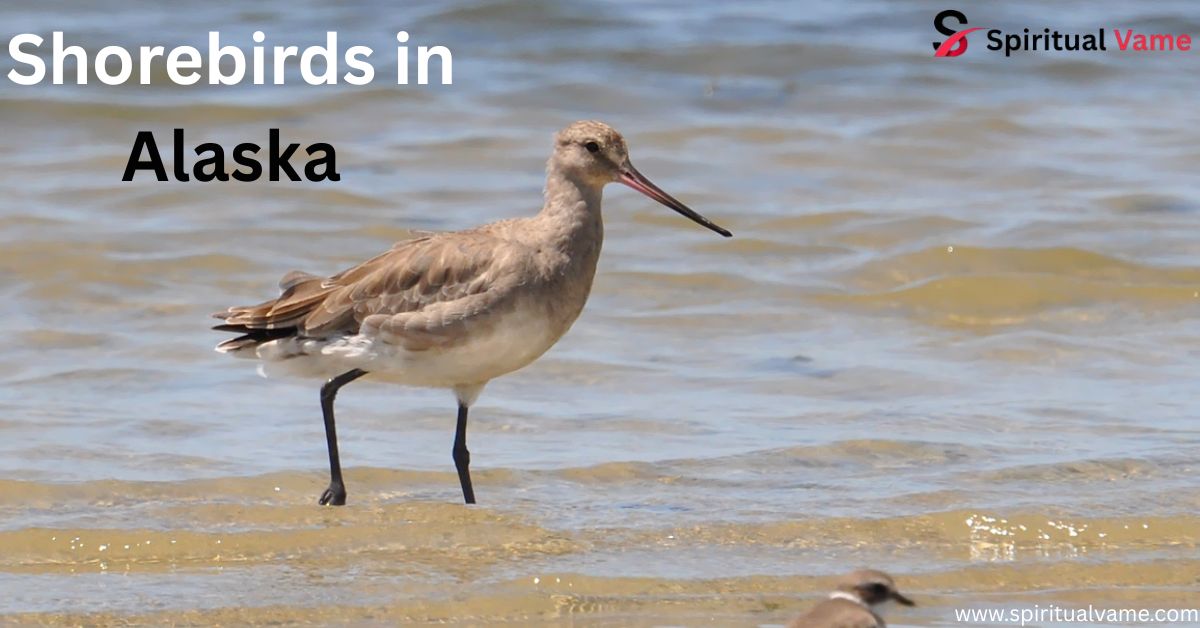
Alaska is home to some of the most amazing birds in the world. One of the most special groups is shorebirds in Alaska. These birds live near water, like rivers, beaches, and wetlands. Shorebirds in Alaska come in many shapes and sizes. Some are very small, while others have long legs and beaks. They travel great distances during migration. Many fly from Alaska all the way to South America. Watching shorebirds in Alaska is fun and exciting. You can see them feeding, flying, and nesting. People love to visit Alaska just to see these birds. Learning about shorebirds in Alaska helps protect them and their home. Let’s explore more about them.
Shorebirds in Alaska
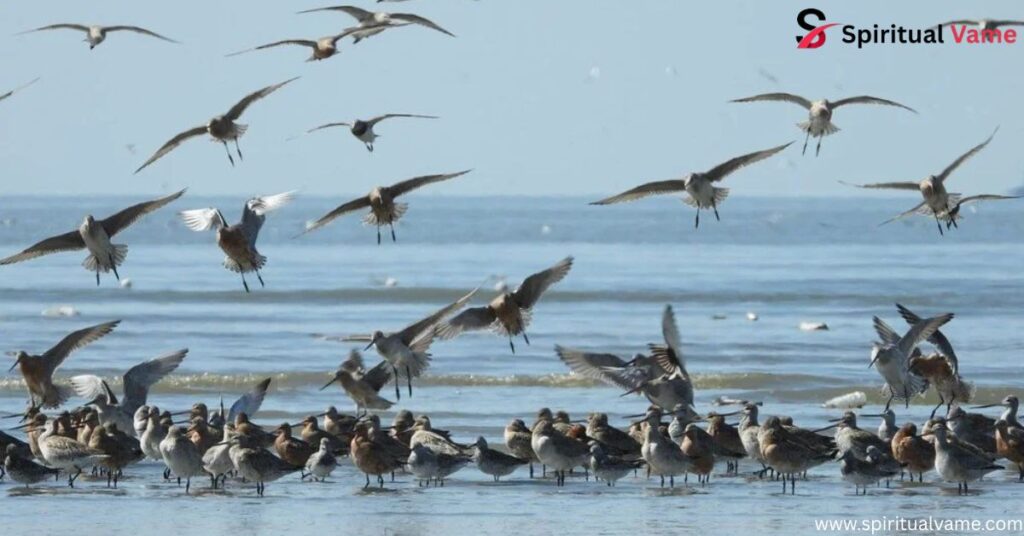
Alaska’s vast and diverse landscapes, ranging from coastal estuaries to tundra wetlands, provide critical habitats for a remarkable variety of shorebirds. These birds, known for their long migrations and unique adaptations, are integral to the state’s rich biodiversity. The Yukon-Kuskokwim Delta, Copper River Delta, and Kachemak Bay are among the key areas where these species thrive. Conservation efforts by organizations like the U.S. Fish & Wildlife Service and the Alaska Shorebird Group are essential in monitoring and protecting these vital ecosystems.
Photographs play a crucial role in documenting and understanding the behaviors and characteristics of these shorebirds. Visual identification aids in research, education, and conservation, allowing both scientists and enthusiasts to track migration patterns and population changes. By observing these birds in their natural habitats, we gain insights into the health of our ecosystems and the impacts of environmental changes.
List of Shorebirds in Alaska
Alaska is home to a diverse array of shorebird species, each with unique traits and ecological roles. The following list highlights 29 notable shorebirds found across the state:
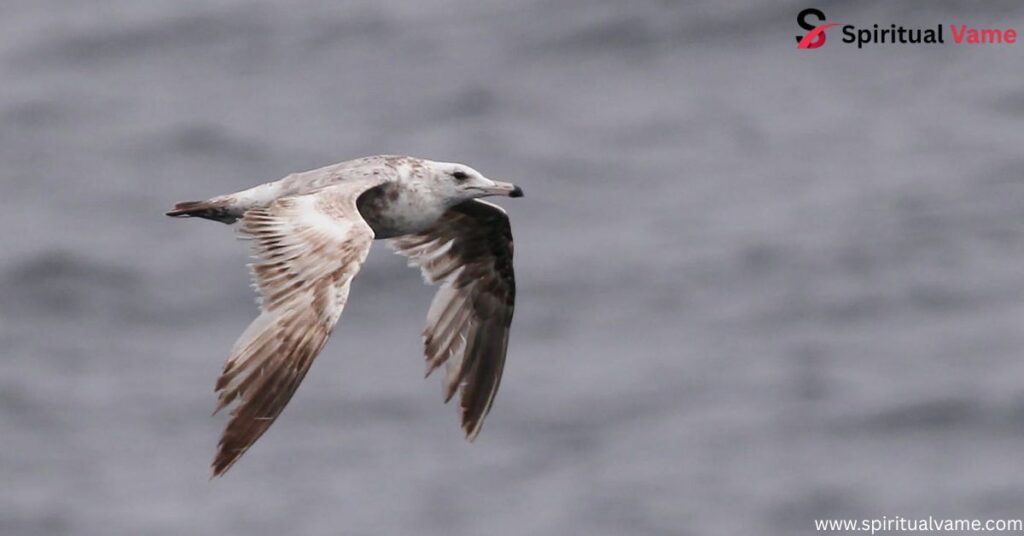
- Western Sandpiper (Calidris mauri): One of the most abundant shorebirds in Alaska, often seen in large flocks during migration.
- Red Knot (Calidris canutus): Known for its long-distance migrations, traveling from Arctic breeding grounds to South American coasts.
- Dunlin (Calidris alpina): Recognizable by its distinctive black belly patch during breeding season.
- Bar-tailed Godwit (Limosa lapponica): Holds the record for the longest non-stop flight among birds, migrating thousands of miles without rest.
- Black Turnstone (Arenaria melanocephala): Common along rocky shorelines, flipping over stones to find invertebrates.
- Greater Yellowlegs (Tringa melanoleuca): Tall wader with bright yellow legs, often found in wetlands and marshes.
- Black-bellied Plover (Pluvialis squatarola): Large plover with striking black and white breeding plumage.
- Semipalmated Sandpiper (Calidris pusilla): Small sandpiper with partially webbed feet, frequenting mudflats during migration.
- Least Sandpiper (Calidris minutilla): The smallest shorebird species, favoring the edges of mudflats and marshes.
- Pectoral Sandpiper (Calidris melanotos): Noted for its distinctive chest pattern and long migratory routes.
- Short-billed Dowitcher (Limnodromus griseus): Medium-sized bird with a rapid probing feeding style.
- Hudsonian Godwit (Limosa haemastica): Rare species with a long, slightly upturned bill, breeding in subarctic regions.
- Marbled Godwit (Limosa fedoa): Large shorebird with a long, bi-colored bill, often seen in coastal mudflats.
- Wilson’s Snipe (Gallinago delicata): Cryptically colored bird, known for its elusive behavior in wetlands.
- Ruddy Turnstone (Arenaria interpres): Distinctive for its bold plumage and habit of flipping over debris to find food.
- American Golden-Plover (Pluvialis dominica): Elegant plover with golden-spotted back, breeding in Arctic tundra.
- Long-billed Dowitcher (Limnodromus scolopaceus): Similar to its short-billed relative but with a longer bill and different call.
- Northern Phalarope (Red-necked Phalarope) (Phalaropus lobatus): Unique among shorebirds for its swimming behavior and reversed sexual roles.
- Rock Sandpiper (Calidris ptilocnemis): Hardy bird that winters in Alaska, often found on rocky coastlines.
- Stilt Sandpiper (Calidris himantopus): Long-legged sandpiper with a slightly curved bill, feeding in shallow waters.
- Surfbird (Calidris virgata): Robust shorebird inhabiting rocky shores, feeding on mollusks and crustaceans.
- Sanderling (Calidris alba): Pale sandpiper often seen chasing waves on sandy beaches.
- Baird’s Sandpiper (Calidris bairdii): Long-distance migrant breeding in high Arctic tundra.
- Buff-breasted Sandpiper (Calidris subruficollis): Grassland species with a buff-colored breast, declining due to habitat loss.
- Killdeer (Charadrius vociferus): Common plover known for its loud call and broken-wing display to distract predators.
- Spotted Sandpiper (Actitis macularius): Small bird with distinctive spots on its breast during breeding season.
- Pacific Golden-Plover (Pluvialis fulva): Similar to the American Golden-Plover but with a more easterly distribution.
- Greater Sand-Plover (Charadrius leschenaultii): Rare visitor to Alaska, typically found in Asia and Australia.
- Common Ringed Plover (Charadrius hiaticula): Small plover with a distinctive black ring around its neck, occasional in Alaska.
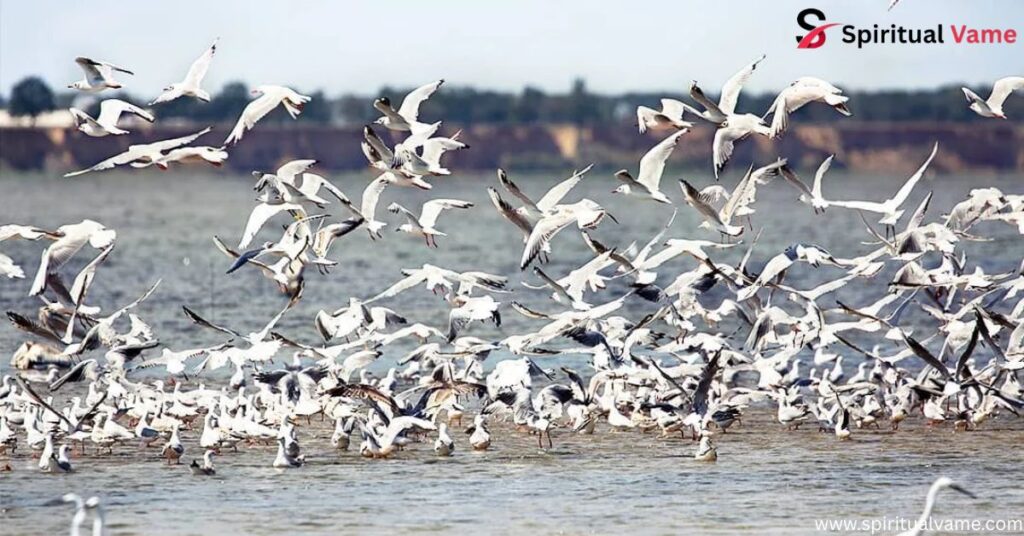
These shorebirds utilize a range of habitats across Alaska, from the Kenai Peninsula and Cook Inlet to the National Petroleum Reserve-Alaska and Lake Teshekpuk. Their presence underscores the importance of preserving these diverse ecosystems, which are vital not only for the birds but also for the overall health of the environment. Conservation initiatives, including those by the Friends of Alaska National Wildlife Refuges and the Kachemak Bay National Estuarine Research Reserve, play a pivotal role in safeguarding these species for future generations.
Conclusion
Shorebirds in Alaska are amazing birds that live in some of the most beautiful places on Earth. They travel far, feed in wetlands, and nest in tundra. Watching shorebirds in Alaska helps us understand nature better. These birds need clean water and safe places to rest. Many people work hard to protect shorebirds in Alaska so future generations can enjoy them too.
We must take care of the places where shorebirds in Alaska live. Their journey is long and full of danger. If we protect their homes, we protect many other animals too. Learning about shorebirds in Alaska is the first step. Now, it’s time to care and take action for them.

